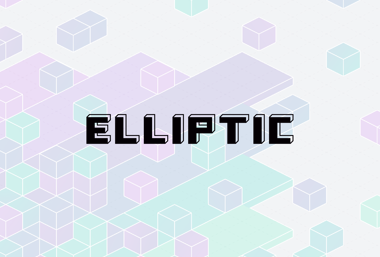Innovations in detecting and removing child sexual abuse material have been made possible by a grant from Nominet.
A “revolution” in assessing online child sexual abuse imagery is helping analysts assess multiple child sexual abuse images in seconds, rather than hours.
Clustering technology is now being used by the Internet Watch Foundation (IWF) to link similar images together, meaning hotline teams can quickly assess and grade hundreds of criminal images and make quick decisions to help get them blocked and removed.
The IWF is the UK organisation responsible for finding, disrupting, and taking down child sexual absue imagery from the internet. Nominet – the public benefit company that operates and protects .UK internet infrastructure – works with charities and organisations that seek to improve lives through technology.
The IWF’s dedicated hotline analysts view hundreds of images and hours of child sexual abuse content every day in order to assess it according to UK law. The IWF has it blocked and removed from the internet in collaboration with tech companies and law enforcement agencies.
The IWF says assessments based on clusters can be 112% faster than assessing individual images.
It means different images with the same victim can quickly be identified from different parts of the internet, meaning analysts can quickly identify whether a victim is a child, and whether criminal abuse is taking place.
It also means they can assess criminal images in bulk, in the knowledge they depict child sexual abuse, without having to individually assess whole groups of, sometimes, hundreds of images. The breakthrough was funded by Nominet, which has funded the IWF’s work since 2018.
Chris Wilson, Head of Software Development at the IWF, said: “This makes our work faster and more accurate, and means we can really expand the realm of what is possible for our hotline analysts without exposing them to reams and reams of similar content.”
Mr Wilson added: “Merging an image into the cluster can provide vital context for us when assessing images. If we have already seen and assessed a video, the sub-images from it can be identified.
“When it merges into the existing cluster, the analysts can then see the images before and after it in the video, which can often confirm one way or another whether the image is of a child or not, even if there is not enough information in the singular images.”
Tamsin McNally, Hotline Manager at the IWF, said: “What this means for our analysts is hard to overstate.
“Knowing an image can be quickly confirmed as having come from a broader set of materials which we have already confirmed as containing imagery of children suffering sexual abuse, means we can quickly take action without having to use precious time and resources.
“The new clustering tech has seen a revolution in the way we work in the hotline – it’s reduced analysts’ exposure to having to see the same imagery multiple times, and it has made it possible for us to improve the efficiency with which we can take action against criminal content.
“Before, there may have been multiple images which couldn’t be linked up. Now they can be joined together and analysts can take action agains the criminal imagery.
“It has made a big impact. It gives analysts and assessors more intelligence on victims who have been abused and helps us make better, quicker decisions.”
The developments in clustering technology are part of a wider group of innovations made possible by Nominet’s funding. Pledging a further £750k over three years, Nominet’s backing will enable the IWF to continue to evolve its technologies and techniques.
Paul Fletcher, CEO of Nominet said: “What makes this grant different is that the IWF has the flexibility to research, test, identify and innovate the technology they need.
“Due in part to our funding, the IWF can now respond quicker to its unique needs and make impactful changes to the lives of both its analysts and the children it seeks to protect.
“Our work with the IWF is vital to creating a safer and secure internet – both in the UK and beyond, and we look forward to seeing this new clustering tech turn the tide on this criminal activity.”




